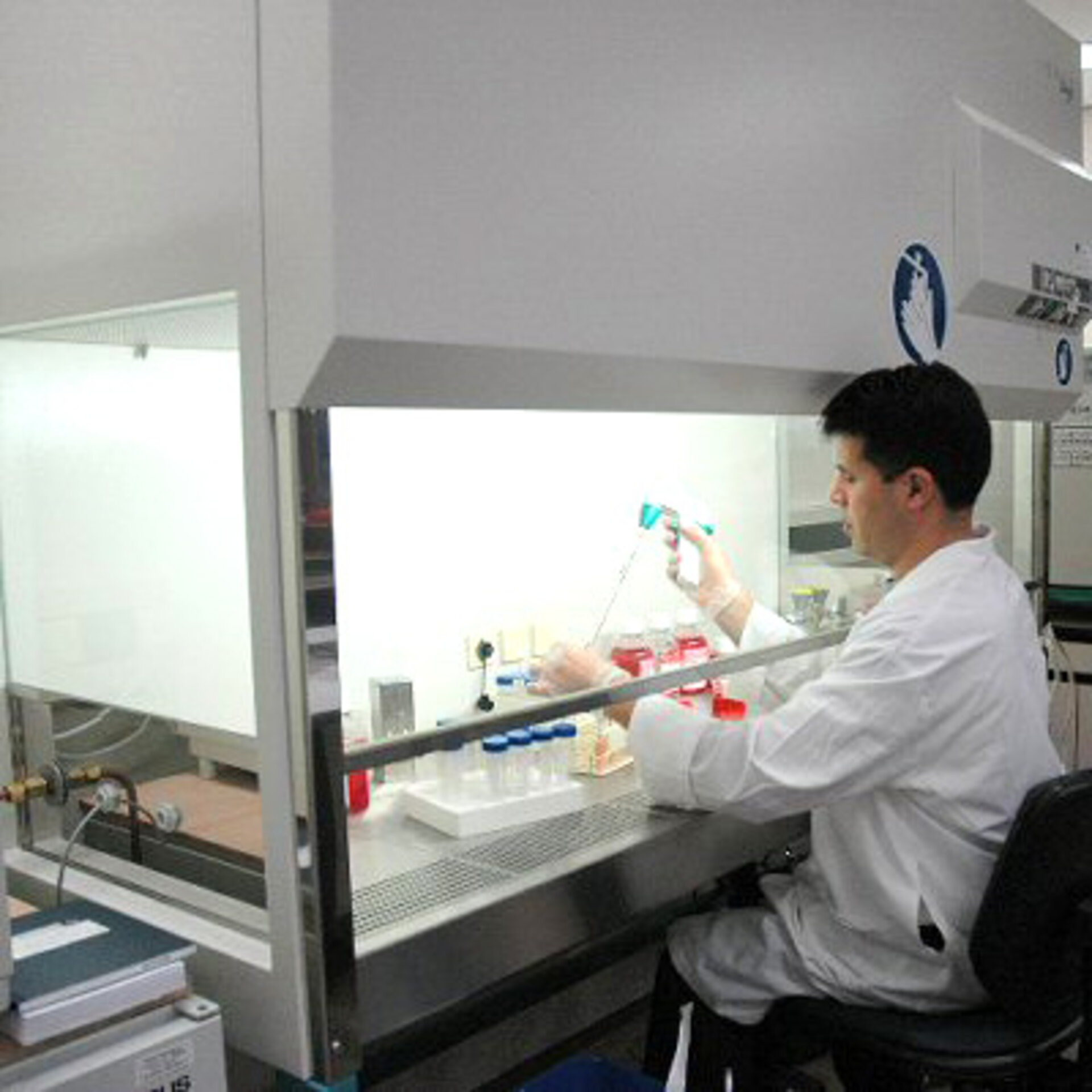New laboratory at ESTEC
The new Life and Physical Sciences Instrumentation Laboratory, also known as the ‘Microgravity Laboratory’, has commenced its operations with a dress rehearsal of the experiment preparations for the upcoming Foton M3 mission.
Construction of the Life and Physical Sciences (LPS) Instrumentation Laboratory began at ESA’s European Space Research and Technology Centre (ESTEC) in early November 2005. The construction of the building was completed at the end of May 2006 and the first phase of equipping of the various laboratory areas is now almost complete.
At the end of May 2007, the laboratory will reach the end of its first equipment integration phase with the arrival of the Large Diameter Centrifuge. The second equipment integration phase is expected to be completed towards the end of 2008, with the entry into service of the Aurora Precision Cleaning Laboratory.
Facilities

Once the work for the Foton M3 mission is complete, the LPS Laboratory will assume its nominal support configuration. This will comprise five laboratory areas and ancillary facilities such as cleaning and sterilisation:
- Life Science Laboratory – furnished with the equipment needed to support biological cultivation and sample preparation – this includes incubators, refrigerators, freezers and centrifuges, supported by analytical capabilities – class two laminar flow benches are available for sterile sample handling
- Microgravity Simulation Laboratory – will be equipped with a random positioning machine (3-D clinostat), which simulates a microgravity environment by constantly changing the orientation of the sample under test – the RPM is currently housed in the Dutch Experiment Support Centre (DESC) at the Vrije Universiteit, Amsterdam
- Large Diameter Centrifuge – a 8-metre diameter, four-arm centrifuge able to subject payloads weighing up to 80 kilograms to a maximum acceleration of 20 G
- Physical Science Laboratory – (completion in Phase II) housing analytical instrumentation – for example an atomic force microscope and a Raman spectrophotometer
- Aurora Precision Cleaning Laboratory – (Phase II) designed to allow the cleaning and assembly of instruments for the detection of traces of life on Mars or other celestial bodies
Purpose
The intended functions of the laboratory are to:
- assess and verify experimentally instrument design concepts, measurement principles and project achievements – in support of both projects and technology research & development
- host science verification and flight sequence tests
- host the preparation of biological samples for flight experiments
- perform biological and long-term functional testing of flight facility ground reference models
- carry out investigations in the event of payload malfunctions or hardware failures
- assist European industry and academia with verification activities beyond the capabilities of their own test resources
- maintain a pool of expertise among Agency staff and provide training for young graduate trainees and stagiaires
- verify the feasibility of new ideas using rapid breadboarding
The laboratory is operated by the Life and Physical Sciences Instrumentation Section within the Optics and Mechatronics Division / Mechanical Engineering Department of ESA’s Directorate of Technical and Quality Management.
For further information, please contact:
Peter Schiller, Head of LPS Instrumentation Section
Peter.Schiller @ esa.int




